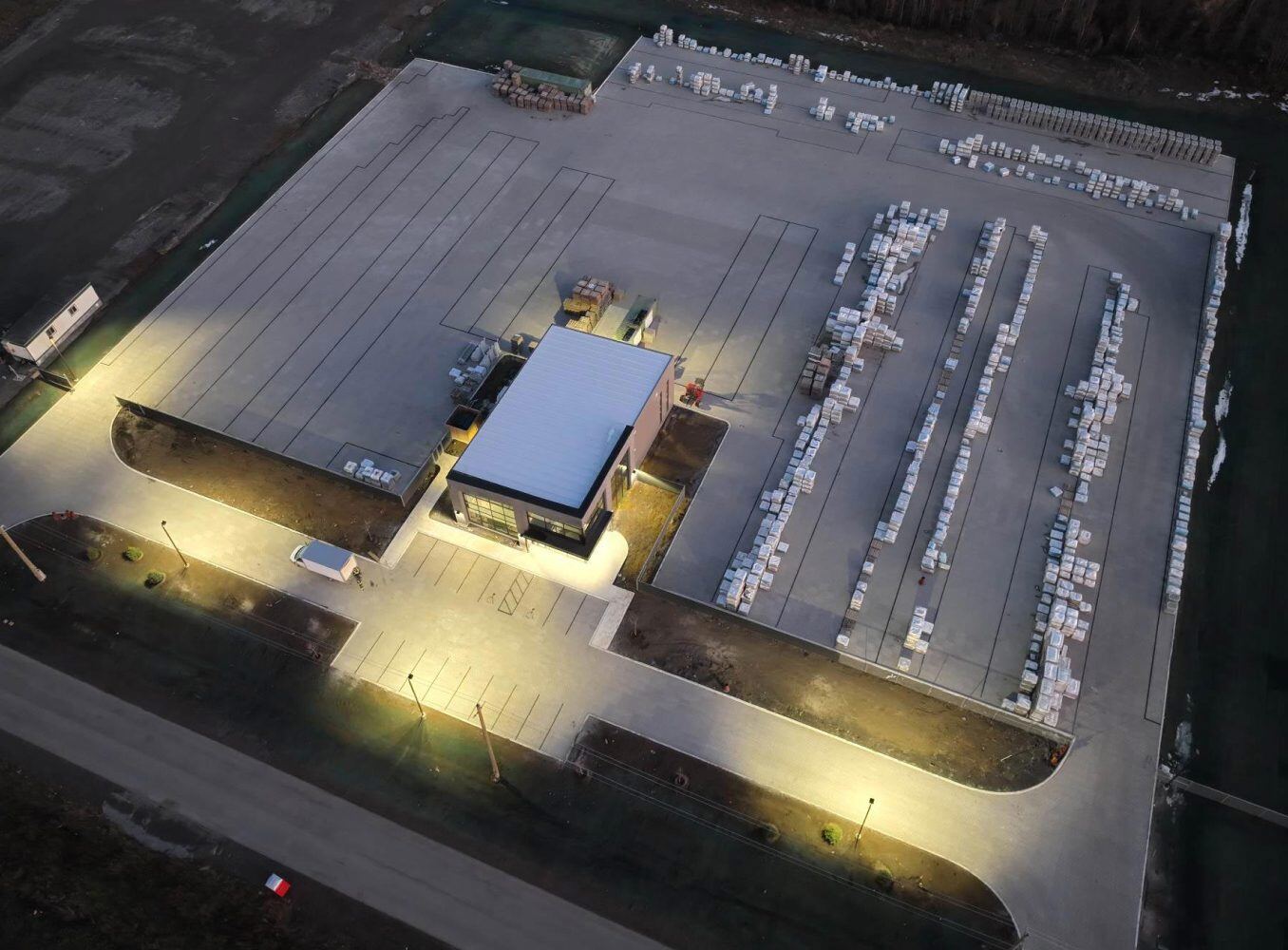Have you noticed how our weather is getting wilder? Hotter summers, fierce storms, longer droughts, and rising sea levels are all part of this new reality. The main drivers behind these changes are greenhouse gases, which trap heat in our atmosphere.
While some of these gases occur naturally, human activities significantly ramp up their levels. Carbon dioxide (CO2) is the biggest contributor, making up 80% of U.S. greenhouse gas emissions in 2022. The burning of fossil fuels like coal, natural gas, and oil is a major source, but industrial processes such as cement, iron, and steel production also add to the problem.
Let's dive into the role of the building industry in greenhouse gas emissions, understand the concept of embodied carbon, and discuss why concrete is so widely used despite its environmental impact. We'll also highlight how Techo-Bloc is taking innovative steps to reduce embodied carbon in their products, paving the way for a more sustainable future.
The Role of the Building Industry
The building industry is a major player in greenhouse gas emissions, responsible for over 40% of the total emissions in the U.S. Landscape architecture projects alone contribute to 75% of their emissions through embodied carbon. This places architects, landscape architects, and engineers in a unique position to drive change.
The American Society of Landscape Architects (ASLA) has set ambitious goals with their Climate Action Plan, aiming for all landscape architecture projects to achieve zero embodied and operational emissions and boost carbon sequestration by 2040. By adhering to these guidelines, the industry can lead the charge in creating a more sustainable built environment.
 Credit : Lan Deng
Credit : Lan Deng
Is concrete the culprit or is it cement?
Second only to water, concrete is the most consumed material on the planet. It is used twice as much globally as the total of all other building materials combined, including asphalt, wood, steel, plastic, and aluminum. Cement, which serves as the binder in concrete, is a critical ingredient. It makes up about 10-15% of the concrete mix by volume but is responsible for approximately 88% of its embodied carbon. This significant contribution to the carbon footprint highlights the importance of optimizing cement use to reduce the overall environmental impact of concrete.
Techo-Bloc's Initiatives to Reduce Embodied Carbon
Embodied carbon refers to the total amount of greenhouse gas emissions released during the extraction, manufacturing, transportation, and construction of buildings, infrastructure, or landscapes. Essentially, it’s the carbon footprint that is generated before a built asset becomes operational.
At Techo-Bloc, we're committed to reducing embodied carbon in our concrete hardscape products. We've optimized our concrete mix design, cutting cement content by up to 40%.
Some of the strategies used by Techo-Bloc to achieve those results are: the addition of supplementary cementitious materials (SCMs) and replacing Portland cement with Portland limestone cement (PLC).
Our SCMs include slag, a by-product from iron and steel manufacturing, which helps in reducing waste from another industry while using it as pre-consumer recycled content within our products. For custom mix designs, we also use ground glass which is considered post-consumer recycled content because it is sourced from products that have been used and discarded by consumers. These are just a few examples of the recycled content used within our concrete mix design.
In addition to these materials, we source the majority of our raw materials locally, minimizing transportation emissions. We're strong advocates for permeable pavers, which significantly reduce stormwater runoff in urban areas, and have installed over a million square feet of them at our own facilities. Our products also come in colors with high solar reflectance to decrease heat island effects, such as air pollution and energy consumption.
By adopting these innovative practices, Techo-Bloc is making a substantial contribution to creating more sustainable and environmentally friendly hardscape solutions.
Featured product : Aquastorm permeable paver in Grey
By using low-carbon materials and innovative practices, landscape architects, architects, and engineers can significantly reduce embodied carbon in hardscape projects. These efforts contribute to more sustainable and climate-positive built environments.
For more information on Techo-Bloc's materials and products, please contact your local Techo-Bloc representative.



